-
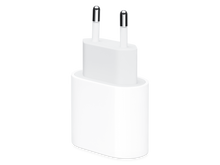

20W USB-C charger for iPhone / iPad
Regular price 19 CHFSale price 19 CHF Regular priceUnit price per0 CHF -


Revendo Case Everyday with MagSafe iPhone 13 Petrol
Regular price 29 CHFSale price 29 CHF Regular priceUnit price per0 CHF -
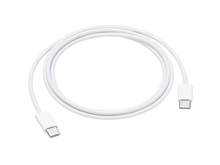
USB-C on USB-C Charging Cable for iPhone / iPad 1M
Regular price 19 CHFSale price 19 CHF Regular priceUnit price per0 CHF -


Revendo Case Everyday with MagSafe iPhone 14 Petrol
Regular price 29 CHFSale price 29 CHF Regular priceUnit price per0 CHF -


Revendo Case Everyday iPhone 13 Mini Black
Regular price 29 CHFSale price 29 CHF Regular priceUnit price per0 CHF -
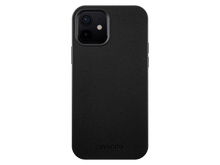

Revendo Case Everyday with MagSafe iPhone 12 / 12 Pro Black
Regular price 29 CHFSale price 29 CHF Regular priceUnit price per0 CHF -
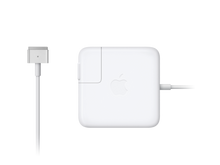
MagSafe 2 85W for Apple Macbook
Regular price 49 CHFSale price 49 CHF Regular priceUnit price per0 CHF -


Revendo Case Everyday with MagSafe iPhone 13 Mini Petrol
Regular price 29 CHFSale price 29 CHF Regular priceUnit price per0 CHF -
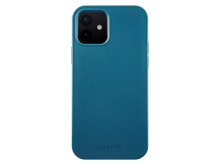

Revendo Case Everyday with MagSafe iPhone 12 / 12 Pro Petrol
Regular price 29 CHFSale price 29 CHF Regular priceUnit price per0 CHF -
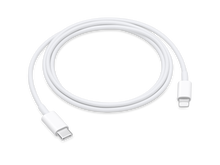

USED USB-C auf Lightning Kabel 1M
Regular price 9 CHFSale price 9 CHF Regular priceUnit price per0 CHF -
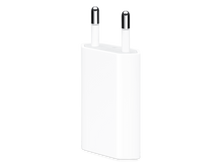

5W charger for iPhone / iPad
Regular price 9 CHFSale price 9 CHF Regular priceUnit price per0 CHF -


Lightning USB Charging Cable 2M for iPhone / iPad
Regular price 19 CHFSale price 19 CHF Regular priceUnit price per0 CHF -
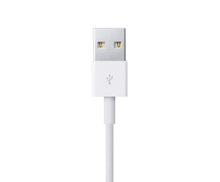

Lightning USB Charging Cable 1M for iPhone
Regular price 18 CHFSale price 18 CHF Regular priceUnit price per0 CHF -
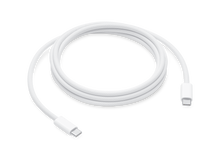

USB-C auf USB-C Kabel 2M für Macbook / iPad 240W braided
Regular price 20 CHFSale price 20 CHF Regular priceUnit price per0 CHF -
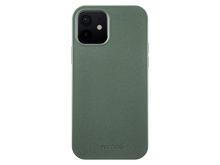

Revendo Case Everyday with MagSafe iPhone 12 / 12 Pro Green
Regular price 29 CHFSale price 29 CHF Regular priceUnit price per0 CHF -
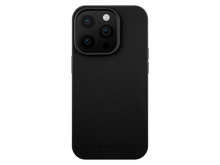

Revendo Case Everyday iPhone 14 Pro Black
Regular price 29 CHFSale price 29 CHF Regular priceUnit price per0 CHF -
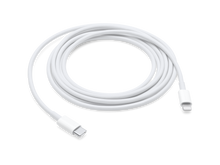

USB-C auf Lightning Kabel 2M für iPhone / iPad
Regular price 20 CHFSale price 20 CHF Regular priceUnit price per0 CHF -


Revendo Case Everyday iPhone 13 Mini Peach
Regular price 29 CHFSale price 29 CHF Regular priceUnit price per0 CHF -


Revendo Case Everyday with MagSafe iPhone 6 / 6s / 7 / 8 / SE2 / SE3 Petrol
Regular price 29 CHFSale price 29 CHF Regular priceUnit price per0 CHF -


Revendo Case Everyday iPhone 13 Mini Green
Regular price 29 CHFSale price 29 CHF Regular priceUnit price per0 CHF -


Revendo Case Everyday with MagSafe iPhone 13 Mini Red
Regular price 29 CHFSale price 29 CHF Regular priceUnit price per0 CHF -


Revendo Case Everyday with MagSafe iPhone 13 Peach
Regular price 29 CHFSale price 29 CHF Regular priceUnit price per0 CHF -

Apple iPhone 14 Plus Leder Case mit MagSafe MPP93ZM/A Mitternacht
Regular price 29 CHFSale price 29 CHF Regular priceUnit price per0 CHF -
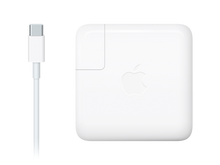
Apple 35W USB-C Netzteil für Macbook
Regular price 49 CHFSale price 49 CHF Regular priceUnit price per0 CHF -

 Up to 37% off
Up to 37% off12W charger for iPhone / iPad
Regular price 12 CHFSale price 12 CHF Regular priceUnit price per19 CHF -
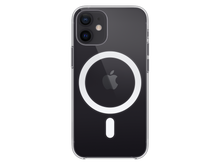
Apple iPhone 12 Mini Clear Case mit MagSafe MHLL3ZM/A
Regular price 35 CHFSale price 35 CHF Regular priceUnit price per0 CHF -


Revendo Case Everyday with MagSafe iPhone 12 / 12 Pro Peach
Regular price 29 CHFSale price 29 CHF Regular priceUnit price per0 CHF -

Apple iPhone 15 Silikon Case mit MagSafe Orange Sorbet
Regular price 35 CHFSale price 35 CHF Regular priceUnit price per0 CHF -

Apple iPhone 12 Mini Silikon Case mit MagSafe MHKX3ZE/A Schwarz
Regular price 35 CHFSale price 35 CHF Regular priceUnit price per0 CHF -

USED USB-C auf USB-C Kabel 2M für iPhone / iPad
Regular price 17 CHFSale price 17 CHF Regular priceUnit price per0 CHF
FAQ Power Supply
Are you thinking about buying a Power Supply used but are still undecided? Let's examine the advantages and considerations when buying.


















































